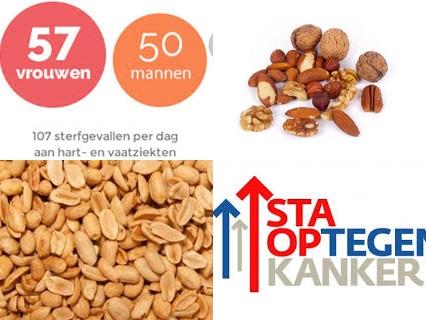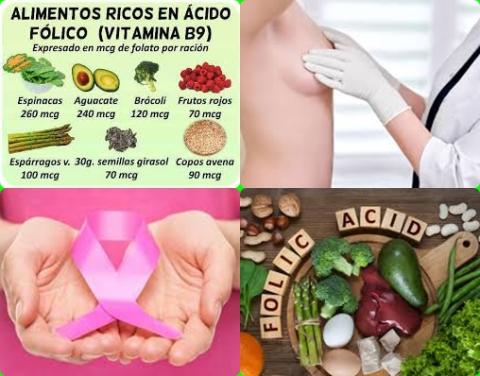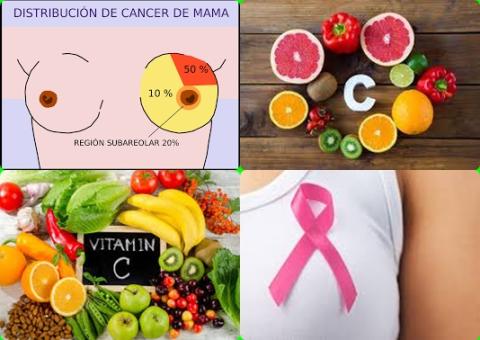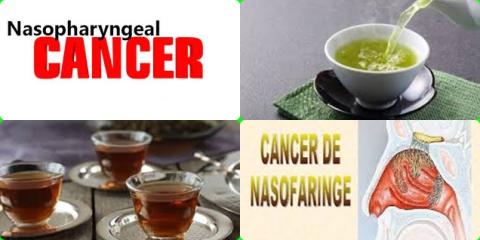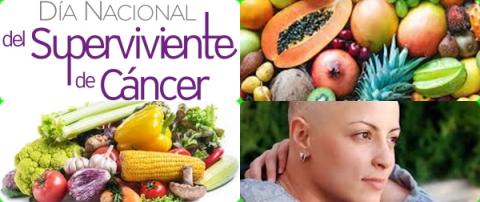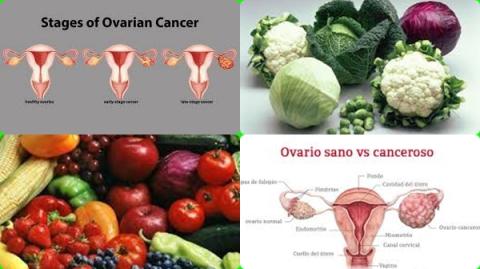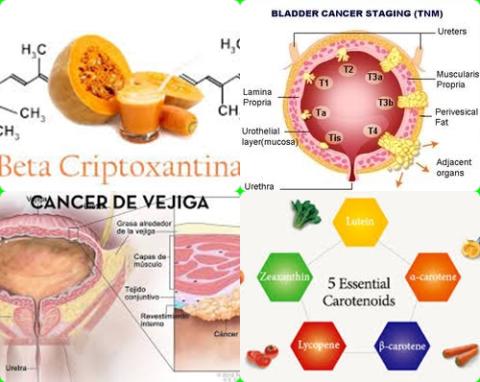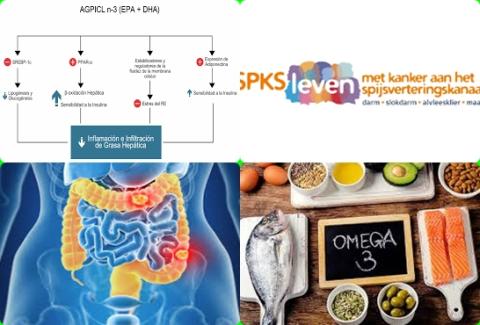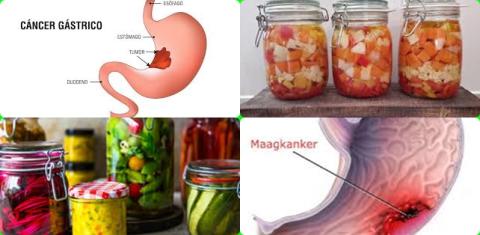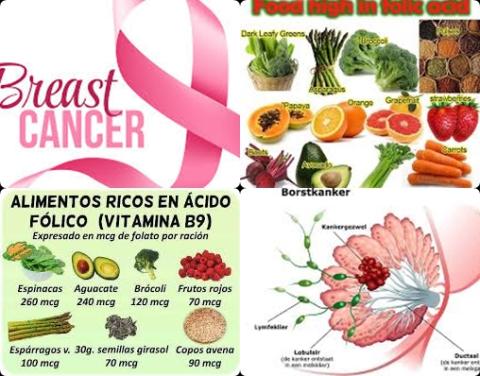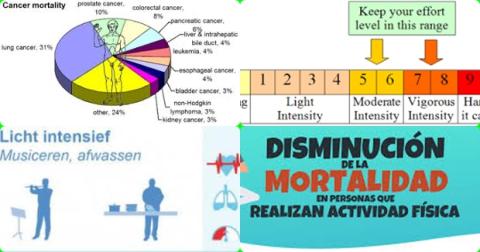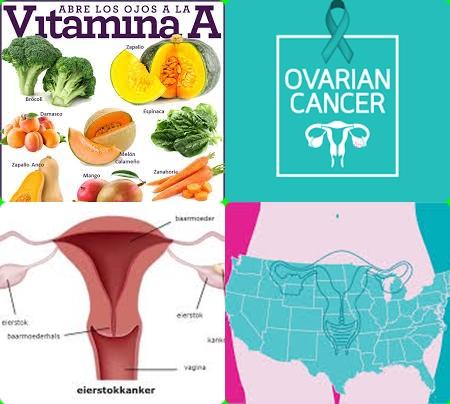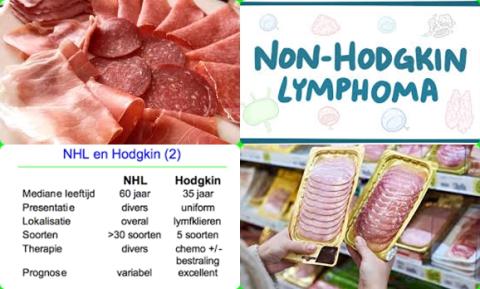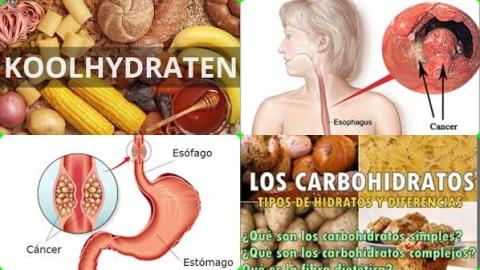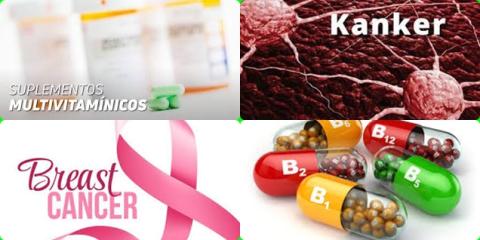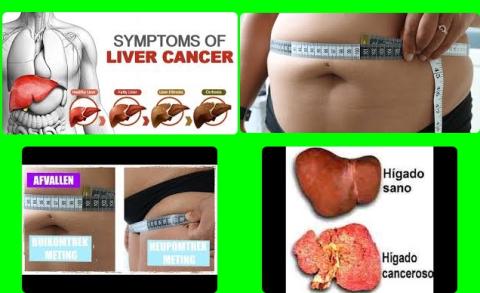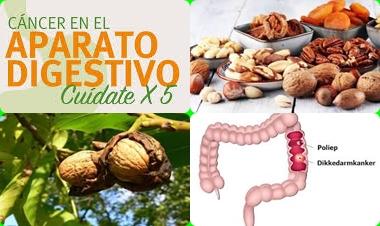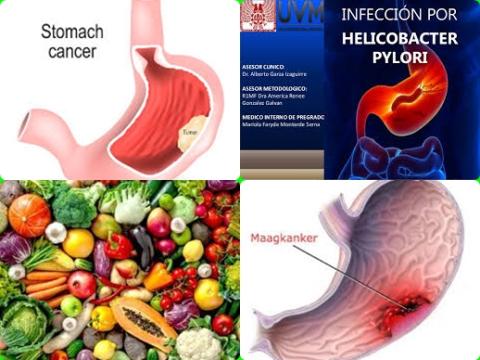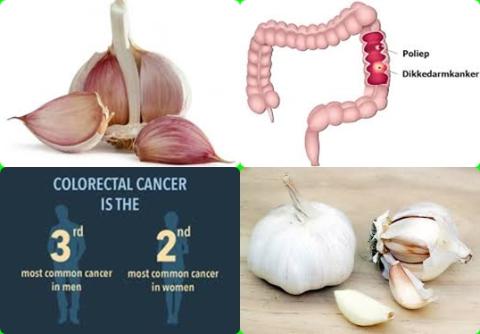Vegetable and fruit consumption reduce biliary cancer
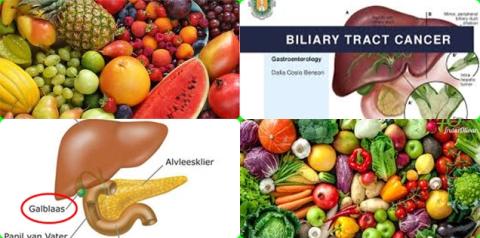
Objetivos:
¿Reduce el consumo de frutas y verduras el riesgo de cáncer del conducto biliar?
Diseño del estudio:
Este artículo de revisión incluyó 14 estudios.
No hubo sesgo de publicación entre los estudios [p Begg = 0.53, p Egger = 0.84 para hortalizas y p Begg = 0.95, p Egger = 0.64 para frutas].
Resultados y conclusiones:
Los investigadores encontraron para el consumo más alto en comparación con más bajo, un riesgo significativamente reducido del 52% para el cáncer del conducto biliar [RR resumido = 0.48, 95% IC = 0.22 a 0.74, I2 = 86.8%, p 0.001, n = 10] para el consumo de verduras.
Los investigadores encontraron para el consumo más alto en comparación con más bajo, un riesgo significativamente reducido del 53% para el cáncer del conducto biliar [RR resumido = 0.47, 95% IC = 0.32 a 0.61, I2 = 63.3%, p = 0.001, n = 13] para el consumo de fruta.
Los investigadores encontraron por cada incremento de 100 gramos/día de consumo de verduras, un riesgo significativamente reducido del 69% para el cáncer del conducto biliar [RR = 0.31, 95% IC = 0.20 a 0.47, I2 = 63.3, n = 8].
Los investigadores concluyeron que el consumo de frutas y verduras reduce el riesgo de cáncer del conducto biliar. Se necesitan más estudios prospectivos bien diseñados para confirmar estos hallazgos.
Título original:
Vegetable, Fruit Consumption and Risk of Biliary Cancer: Evidence from a Meta-Analysis by Huai J and Xiaohua Ye X.
Enlace:
https://pubmed.ncbi.nlm.nih.gov/32731775/
Información adicional de El Mondo:
Encontrar aquí más información/estudios sobre significativamente/estudios de cohorte, el consumo de frutas y verduras y el cáncer.
